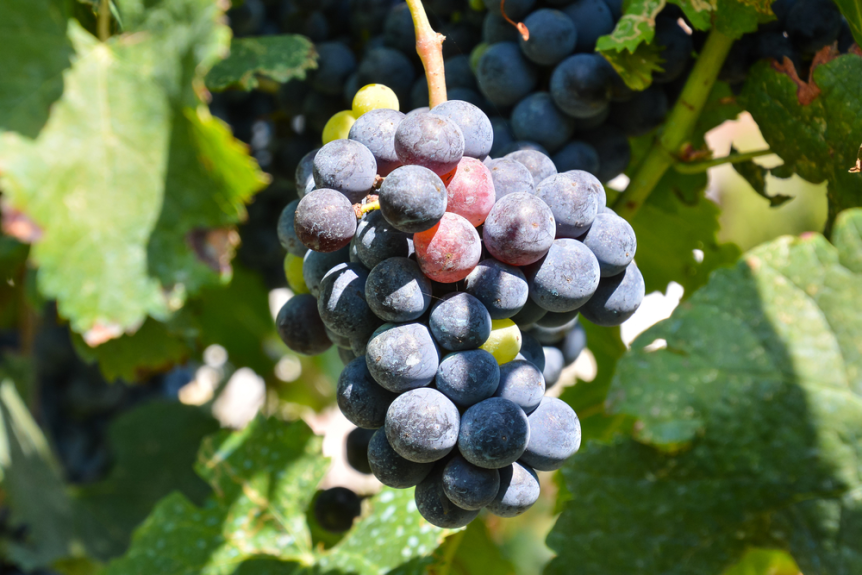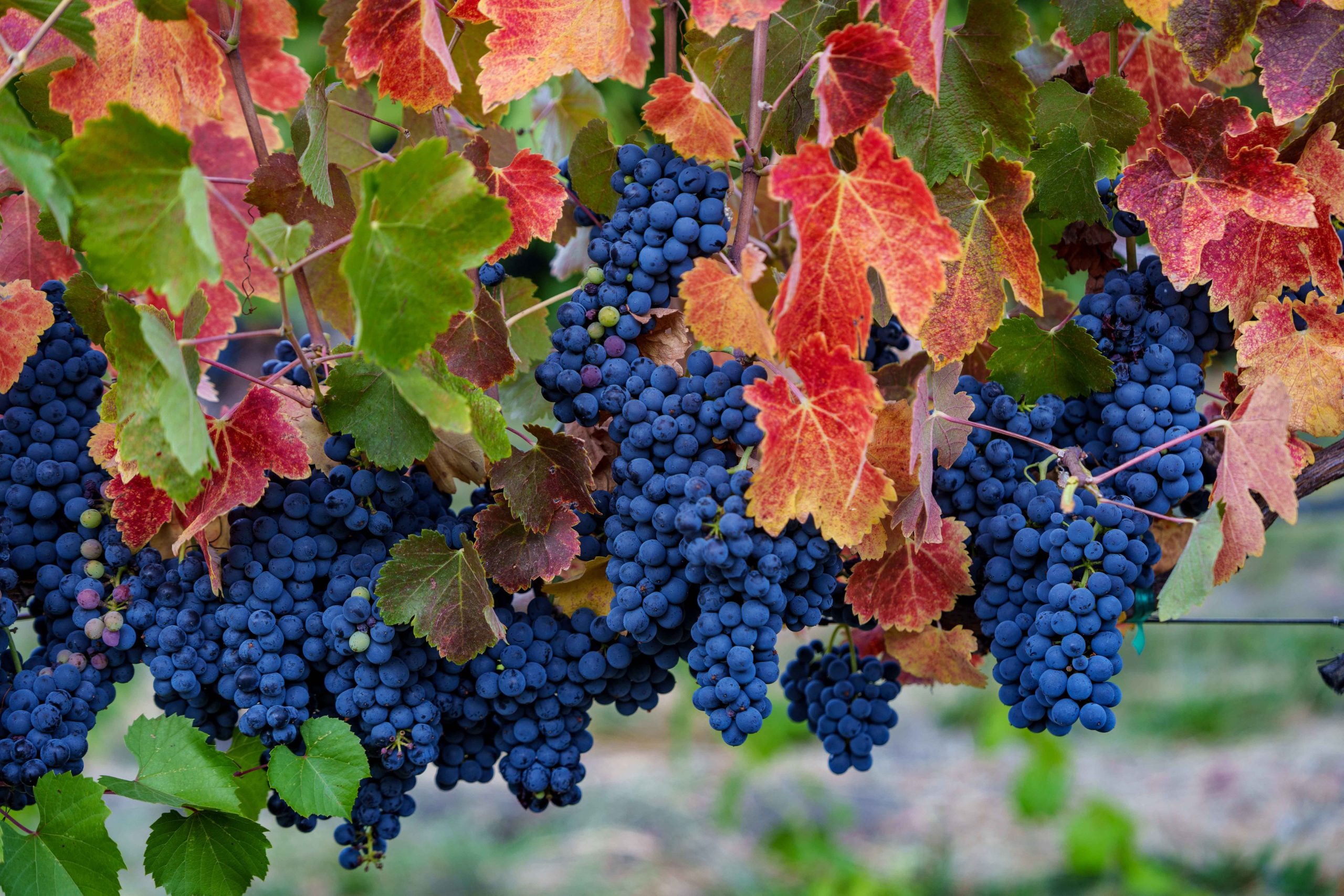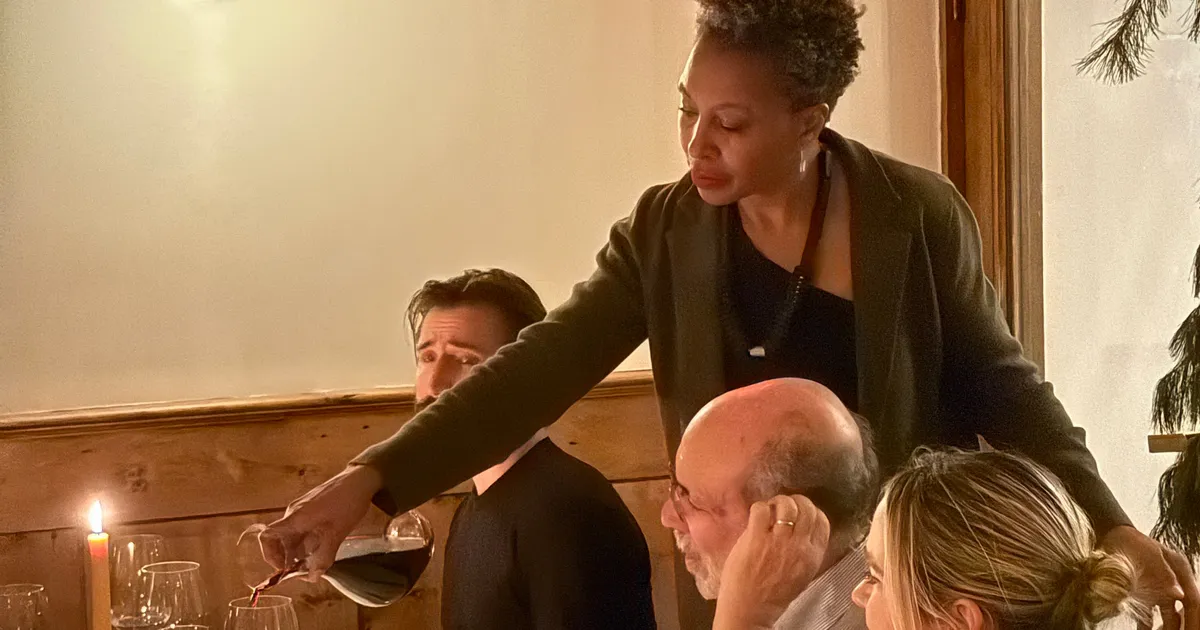Newton Vineyard, a historic winery in Napa Valley, was devastated by the 2020 Glass Fire. The destruction was total—its winery, vineyards, and the entire 2020 harvest were lost. Initially, owner LVMH had planned to rebuild, but after assessing the costs and industry challenges, the company announced the permanent closure of Newton Vineyard. This decision not only marked the end of an iconic estate but also highlighted deeper issues facing the wine industry today.
The closure of Newton Vineyard reflects broader financial difficulties in the wine industry. U.S. wine sales have been declining for four consecutive years, and the 2024 California harvest was the smallest in two decades. Many vineyards are struggling, leaving fruit unpicked or removing vines altogether. Industry analysts have called this the biggest market correction in 30 years. The economic impact is being felt across all levels, from small family-owned vineyards to corporate-owned estates like Newton.
Wine Industry Faces Decline as Younger Generations Choose Alternative Beverage Options
While the COVID-19 pandemic initially caused a short-term spike in wine sales, the overall trend has been downward. Data shows that wine sales have been slowing for nearly a decade, with growth dropping from over 5% in 2015 to less than 1% before the pandemic. By 2024, even premium wines were seeing declines, indicating a shift in consumer habits. Lower-priced wines saw a decline beginning in 2017, and now the impact is being felt across all price categories.

One of the main drivers of the wine industry’s struggles is the shifting preferences of different generations. Baby Boomers, who were the primary consumers of wine, are aging and drinking less. Gen X is too small a demographic to sustain past sales levels, and Millennials and Gen Z are not embracing wine in the same way. Instead, they are turning to craft beer, hard seltzers, and cannabis-based beverages. This generational shift presents a significant challenge for the wine industry, which must find new ways to engage younger consumers.
Revitalizing Wine by Adapting Tradition to Modern Tastes for Lasting Appeal
Younger consumers today have more beverage choices than ever before. Hard seltzers, THC-infused drinks, and pre-mixed cocktails offer convenience and variety. Wine, with its rich tradition and complexity, struggles to capture attention in a fast-moving market.
To compete, wineries need to innovate—rethinking their packaging, pricing, and marketing strategies. Many younger consumers are drawn to products that align with sustainability, natural ingredients, and minimal additives—qualities that wine already possesses but must market more effectively.
Despite these challenges, the future of the wine industry is not bleak. Wine has endured market shifts, economic downturns, and cultural changes for centuries. Many of its attributes align with younger consumers’ values, such as organic farming and sustainability.
By adapting to modern trends while preserving its heritage, the wine industry can continue to thrive. Wineries must embrace change, find new ways to connect with younger audiences and create products that fit their lifestyles. With the right strategies, wine can regain its place as a beloved and relevant beverage choice.


